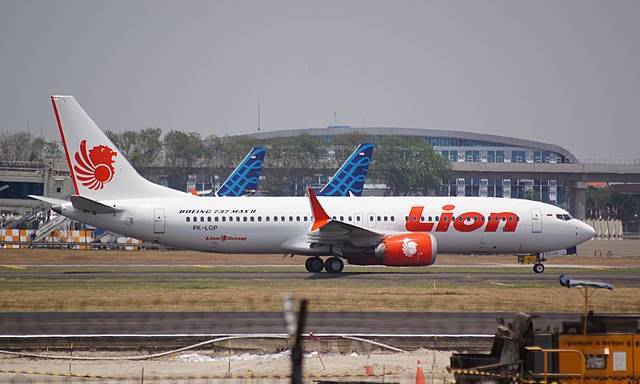Aborting Takeoff and Reasons
Aborting takeoff in aviation is a decision made by pilots to halt the process of taking off an aircraft. It is a rare but necessary measure that is taken to avoid accidents and ensure the safety of the passengers and crew. There are several reasons why a takeoff might be aborted in aviation.
Engine Failure: An engine failure is one of the most common reasons for aborting takeoff. If one or more engines fail during takeoff, the pilot must immediately abort the takeoff to avoid a potential disaster. According to the Federal Aviation Administration, engine failure is responsible for more than 20% of all takeoff aborts.
Bird Strike: Another reason for aborting takeoff is a bird strike. Birds can cause significant damage to an aircraft’s engine, wings, or windshield, leading to a crash. If a bird strike occurs during takeoff, the pilot must abort the takeoff to avoid further damage to the aircraft.

Equipment Failure: Equipment failure is another reason why a takeoff might be aborted. If critical equipment such as the landing gear, brakes, or hydraulic system malfunctions, the pilot must abort the takeoff to prevent an accident.
Weather Conditions: Weather conditions such as strong crosswinds, thunderstorms, or heavy rain can make takeoff hazardous. If the weather conditions are beyond the aircraft’s capabilities, the pilot must abort the takeoff to ensure the safety of the passengers and crew.
Obstacle on Runway: Obstacles on the runway (FOD) such as debris, animals, or other aircraft can cause a collision during takeoff. If the pilot spots an obstacle on the runway, he or she must abort the takeoff to avoid a collision.
Aborting Takeoff is a Crucial Safety Measure
In conclusion, it is a crucial safety measure that is taken to prevent accidents in aviation. Pilots are trained to recognize the signs of an impending problem and make the necessary decisions to ensure the safety of everyone on board. The reasons for that can vary from engine failure to weather conditions, but the priority remains the same – the safety of the passengers and crew.
References:
Federal Aviation Administration. (2019). Takeoff and Landing Performance Assessment. Retrieved from https://www.faa.gov/documentLibrary/media/Advisory_Circular/150_5300_13A_Chg1_AC150_5300_13A_Chg1.pdf
Air Traffic Control Tower. (2019). Reasons for Aborting Takeoff. Retrieved from https://airtrafficcontroltower.com/reasons-for-aborting-takeoff/
Federal Aviation Administration. (2019). Bird Strike. Retrieved from https://www.faa.gov/airports/engineering/airspace_obstruction/bird_strike/
Bui, Q. (2019). The Reasons Behind Aborting A Takeoff. Retrieved from https://www.flightliteracy.com/the-reasons-behind-aborting-a-takeoff/
Civil Aviation Safety Authority. (2021). Takeoff and Landing. Retrieved from https://www.casa.gov.au/aircraft-and-operators/operation-of-aircraft/takeoff-and-landing



